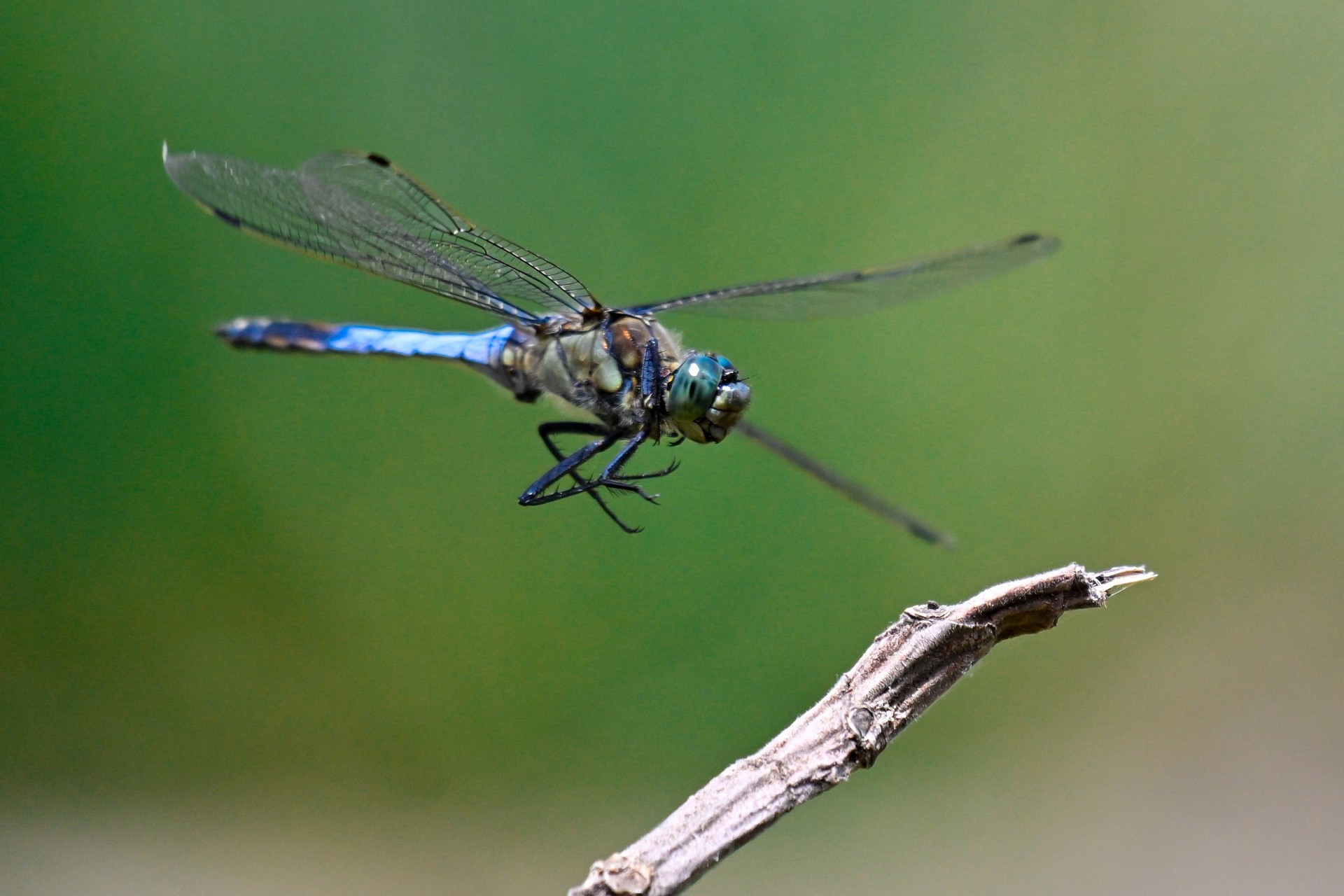A labour of love and sore back
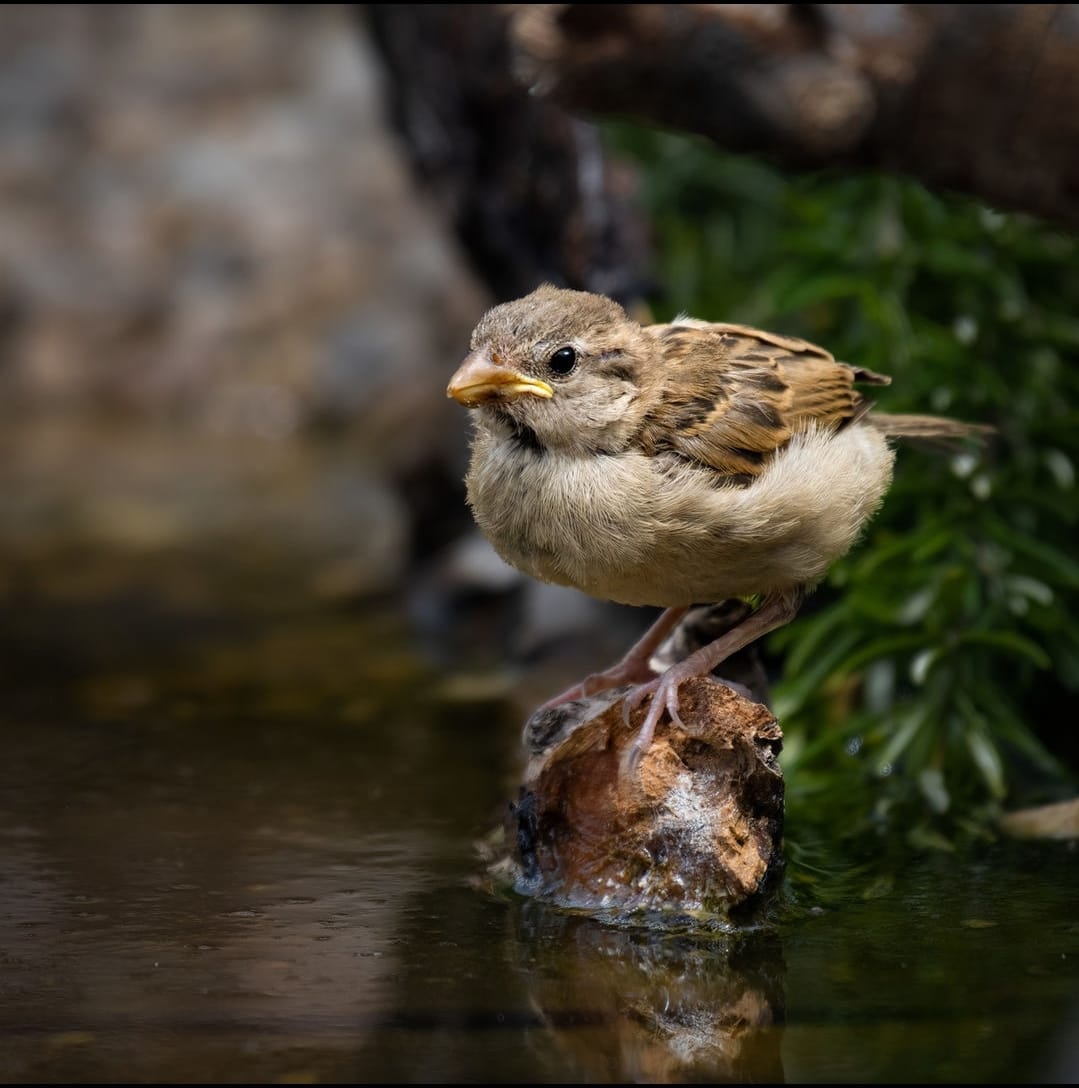 A couple of years ago, I decided to build a small pond in my garden, not for fish, but as a watering hole to attract birds. My ultimate goal was to capture close-up images of them using a long lens. What I initially thought would be a simple weekend project turned into a much longer and more involved undertaking. It went through several revisions and brought more challenges than expected.
A couple of years ago, I decided to build a small pond in my garden, not for fish, but as a watering hole to attract birds. My ultimate goal was to capture close-up images of them using a long lens. What I initially thought would be a simple weekend project turned into a much longer and more involved undertaking. It went through several revisions and brought more challenges than expected.
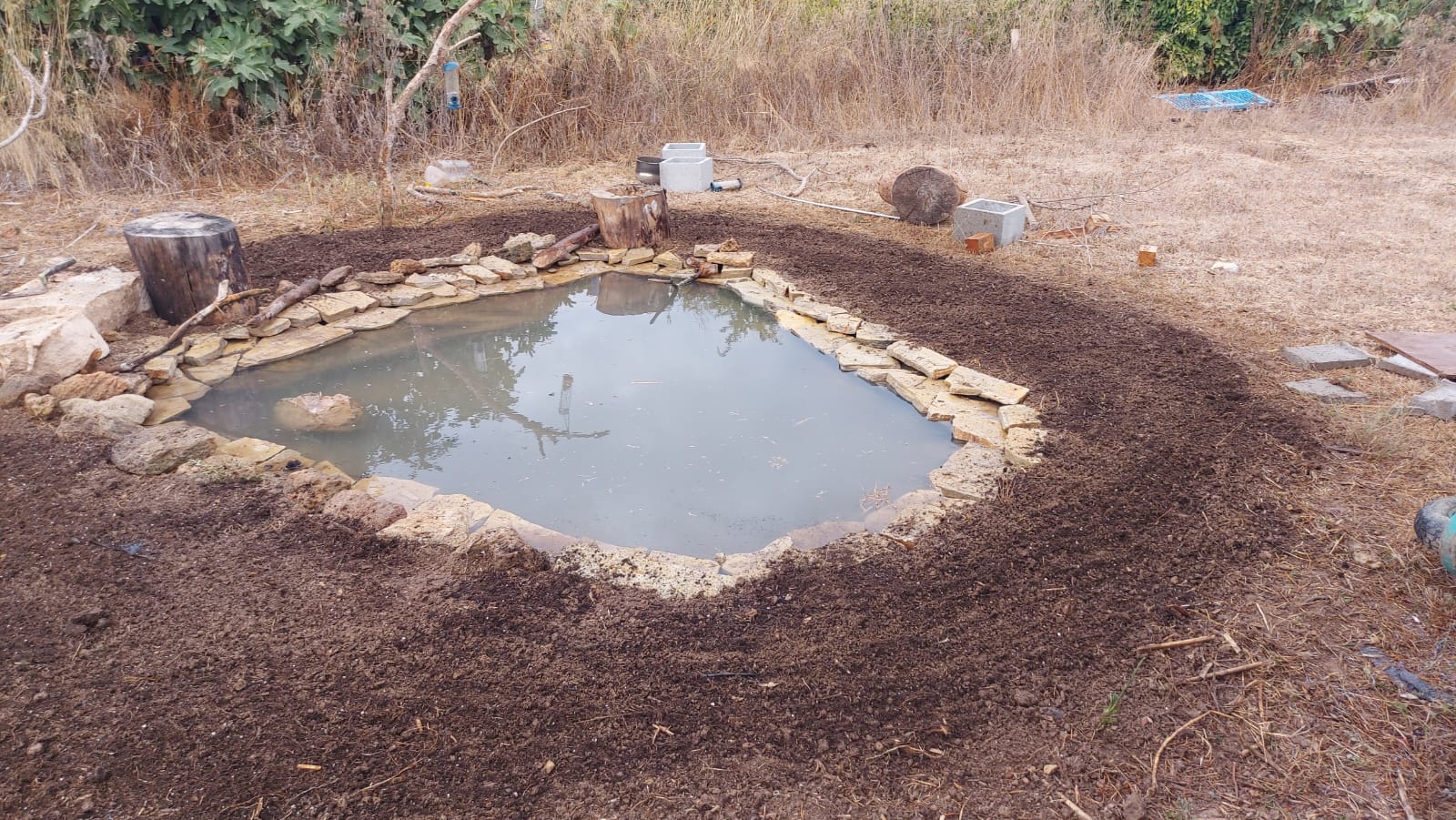
The original idea was straightforward: create a small, shallow pond and construct a basic screen or hide behind it where I could sit with my camera and 600mm lens, hidden from view. But it wasn’t long before I realised that to get truly compelling images at eye level with the birds, I needed to be much closer to the ground. At 60 years old, however, the thought of lying flat on the ground for extended periods didn’t exactly appeal. It wouldn’t be comfortable, and frankly, I wasn’t sure I’d be able to get up again without help.

So I picked up the spade and began digging a pit by hand. The idea was to lower myself and my equipment to just above ground level, giving me the low angle I needed for those intimate shots while remaining seated. This phase of the project took far more effort than I’d anticipated. Multiple redesigns, a lot of sweat, and more than a few blisters later, I eventually completed a reasonably comfortable hide. It is now shaded with camouflage material to protect me from the intense Mallorcan sun, making it possible to sit for long periods in relative comfort.
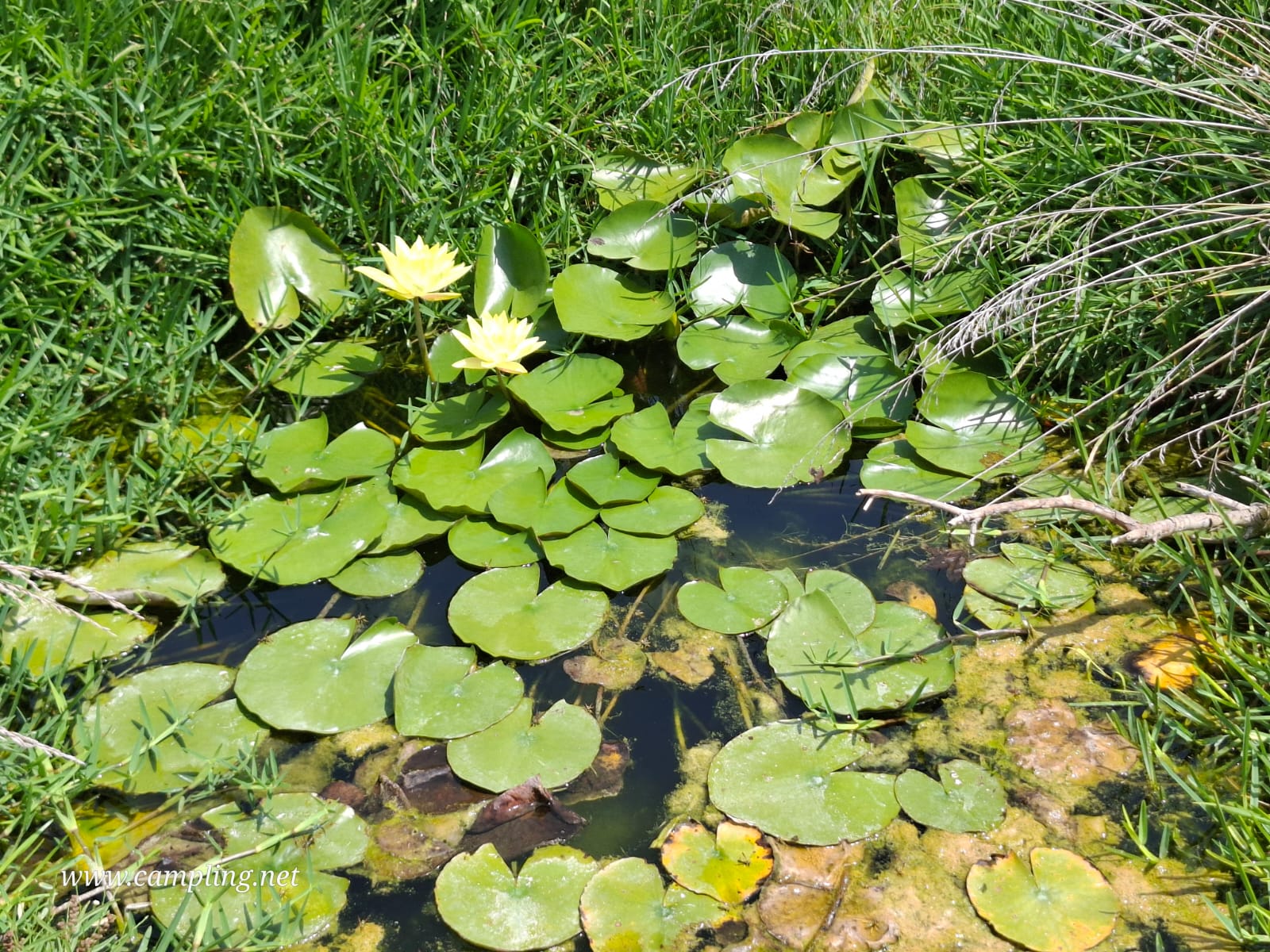
Although my original focus was on attracting small birds, the pond developed a life of its own. The addition of lily pads created a perfect environment for dragonflies, and because there are no fish to eat the larvae, the dragonfly population has thrived. Each year, I see more and more of them. The Green Emperor and the Red-veined Darter, sometimes called Carter’s Red Darter, are now regular visitors.
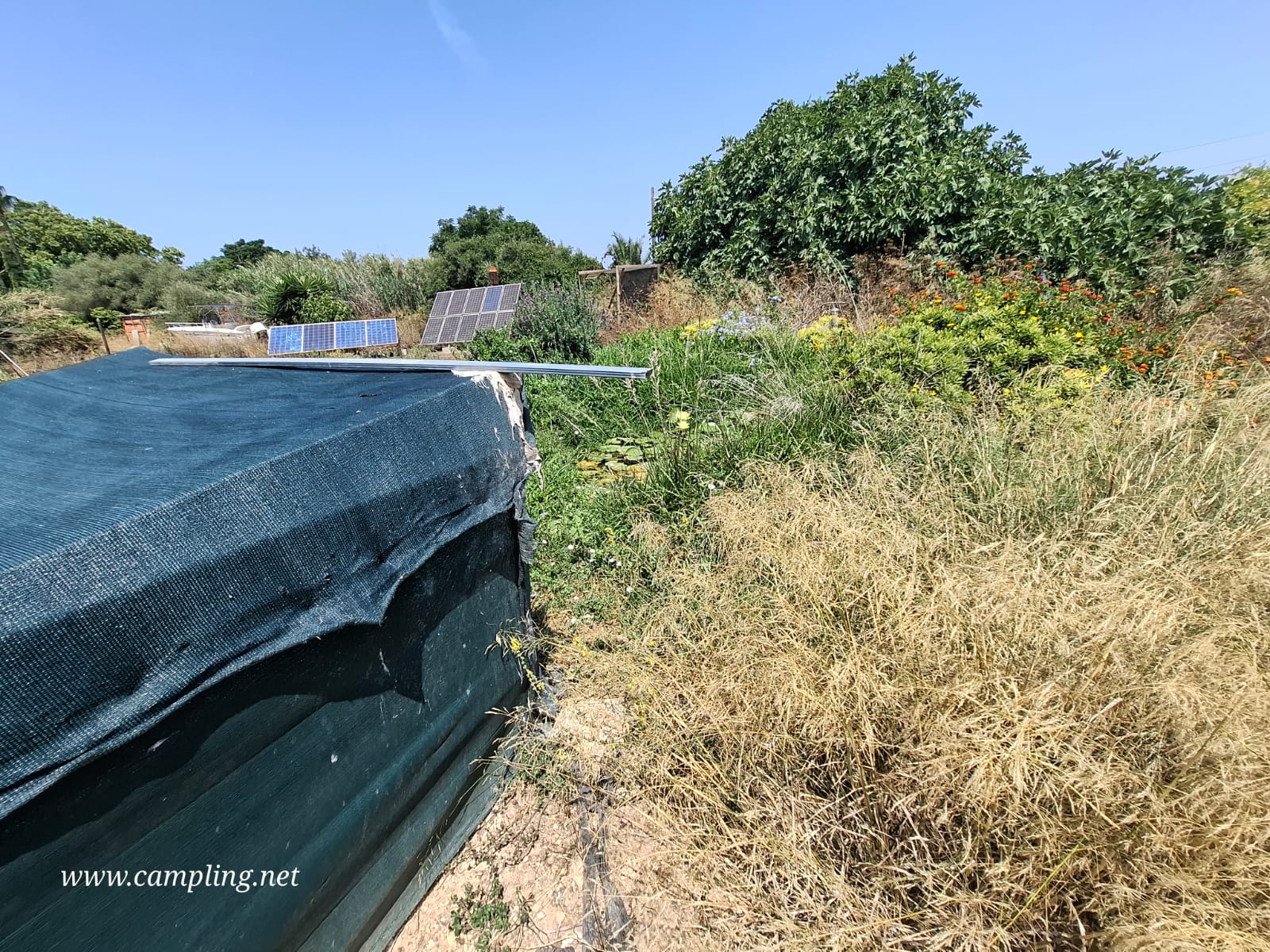
Photographing them has become a fascinating pursuit. With the 600mm lens and a bit of planning, I can get incredibly close. I place a thin branch overhanging the water, which dragonflies love to use as a perch. They are incredible creatures and nature's most efficient hunters, with a success rate of over 90 percent. They launch into the air, snatch prey mid-flight, and then return to the exact same spot on the branch. This repetitive behaviour gives me multiple chances to capture them both at rest and in flight.

All in all, it was well worth the hard work and moderate expense. I would highly recommend this type of setup to anyone interested in photographing garden wildlife up close or simply enjoying the quiet pleasure of watching a natural habitat take shape and evolve over time. There is something deeply rewarding about witnessing how life begins to flourish when you give nature a little space.
